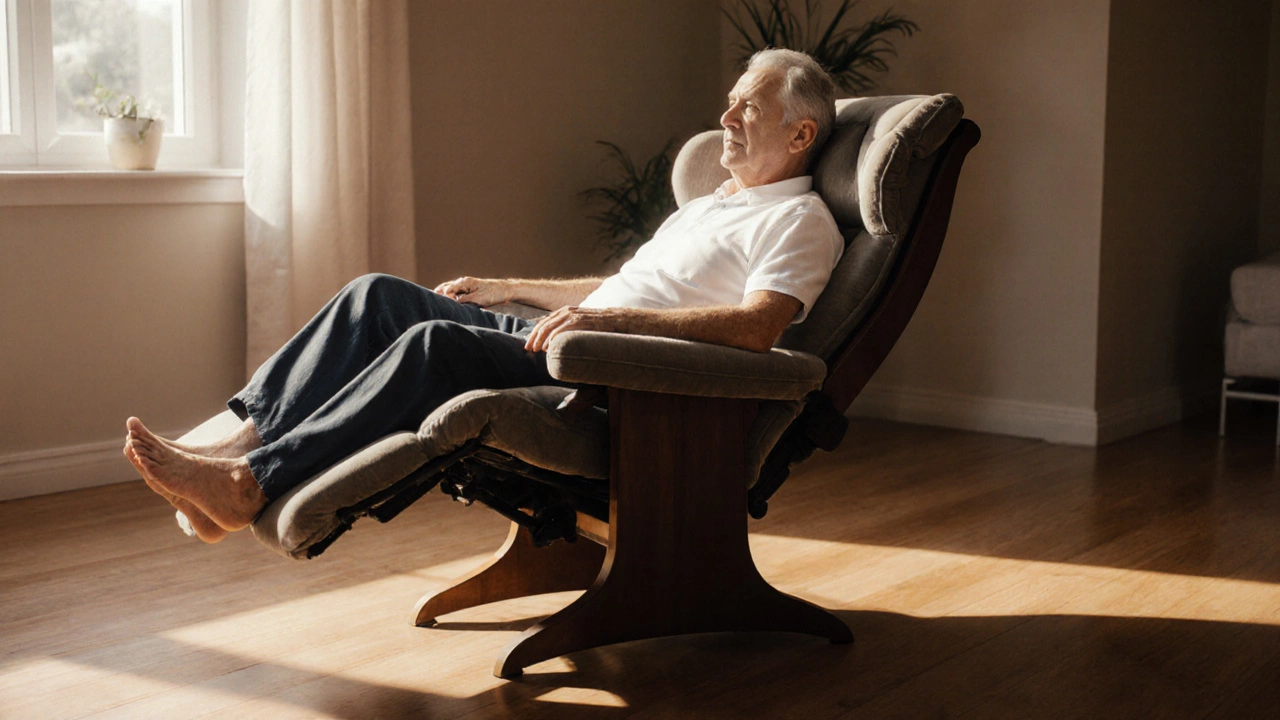Lumbar Support: How to Choose Furniture that Keeps Your Back Happy
When it comes to lumbar support, the practice of keeping the lower back in a neutral, well‑supported position while sitting. Also known as lower back support, it plays a crucial role in comfort and spinal health. Sofas, large seating pieces that often become the centerpiece of a living room and Recliners, chairs that tilt back and lift the feet for relaxed positioning are the two biggest carriers of lumbar support in residential settings. The first semantic triple is clear: lumbar support encompasses proper spinal alignment. The second says: choosing the right sofa requires built‑in lumbar support. The third links design to health: ergonomic design influences lumbar support. In plain language, if a piece of furniture can keep your lower spine aligned, you’ll sit longer without pain, and that’s the core promise of any product marketed with lumbar support features.
What to Look for When Shopping for Back‑Friendly Furniture
Start by checking the cushion density, the firmness level of the seat foam or padding. Medium‑firm cushions usually provide the best balance between comfort and support; too soft lets the hips sink, too hard pushes pressure onto the lumbar region. Next, see if the piece offers an adjustable lumbar pad, a removable or inflatable insert that you can move to match your natural curve. Adjustable pads let you fine‑tune support for different body types, turning a generic sofa into a personalized back‑care solution. Look at the frame too—solid hardwood or steel frames keep the seat from sagging over time, preserving the lumbar angle you set today. Don't forget the role of chair arm height, the distance from the seat to the top of the armrest. Arms that sit too high force you to raise your shoulders, which can flatten the lumbar curve. Ideal arm height aligns with a relaxed, natural posture, letting the lower back stay supported by the seat itself. For recliners, the tilt angle matters: a gentle tilt of 100‑110 degrees maintains lumbar curvature, while a steep recline can flatten the spine and lead to discomfort. Finally, test the surface material; breathable fabrics like linen or performance microfiber reduce heat buildup, keeping you comfortable long enough to notice the support benefits.
Why does all this matter? Studies show that good lumbar support can cut lower‑back fatigue by up to 30% during a typical evening of TV or reading. That translates into fewer aches, better sleep, and even improved focus because you’re not constantly adjusting your position. Common mistakes include buying the cheapest sofa without checking the internal structure or relying on decorative pillows to “fake” lumbar support—those tricks rarely replace real, engineered backing. Once you’ve found a piece that ticks the boxes above, protect it with a gentle cleaning routine; wipe down fabric regularly and rotate cushions every few months to keep the support even. Below you’ll find a curated set of articles that dive deeper into specific furniture types, budgeting tips, and real‑world case studies—all centered around the theme of lumbar support. Whether you’re hunting for a new sofa, a recliner that feels like a massage chair, or simple tricks to upgrade an existing piece, the guides ahead give you the facts you need to make a spine‑friendly decision.
How to Sit Healthy in a Recliner: Ergonomic Tips for Better Posture
Learn how to set up a recliner for optimal posture, lumbar support, and circulation. Follow step‑by‑step tips, choose the right model, and avoid common mistakes for a healthier sitting experience.
View more